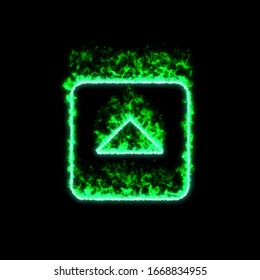

You can temporarily hide all visible elements that do not print, such as signposts and selection highlights. In Dorico SE, there are editing methods that are common to most notations, including lengthening/shortening items and changing their staff-relative placement. You can also change whether notes play back during note input/selection. In Dorico SE, there are multiple different ways you can select notes and items in your project, from selecting items individually to making large selections covering multiple staves. In Dorico SE, notation is a broad term that includes many different items, including articulations, slurs, dynamics, and more. You can input many types of notations, both during note input and by adding them to existing notes and music. This can be particularly useful if, for example, you prefer to improvise your music rather than plan pitches and note durations in advance. MIDI recording is a way of inputting notes into Dorico SE by playing them in real time on a MIDI device. This reduces the risk of you adding notes to staves accidentally. In Dorico SE, you can only input notes during note input, which is when the caret is activated. For example, the caret does not move automatically when inputting chords or when using the Fretboard panel. This allows you to input notes and notations onto multiple staves simultaneously, including automatically exploding the notes in chords that you play on a MIDI keyboard onto the appropriate staves.ĭuring normal note input, the caret moves automatically as you input notes, but you can also move it manually. You can extend the caret so it spans multiple staves. When the caret is deactivated, you cannot input notes, instead you can select and edit items in the music area. When the caret is activated, you can input notes and notations at the caret position, for example, if you want to input a dynamic in the middle of a tie chain. It shows the rhythmic position at which notes, chords, or notation items are input, which can be partway through tie chains. In Dorico SE, the caret is a vertical line that extends above and below five-line staves but appears shorter on percussion staves and tablature. However, it does not control the duration of notes and items that you input. The rhythmic grid is a unit of rhythmic duration whose value affects certain aspects of inputting and editing, such as the amount by which items move. The project window in Write mode contains toolboxes and panels with the tools and functions required to write your music.ĭorico SE distinguishes the processes for inputting and editing music.

:max_bytes(150000):strip_icc()/MacEmojiSymbolmenu-5bfef3fcc9e77c0026aee7d7.jpg)
The available toolboxes and panels allow you to input all the notes and notation items that are most commonly used. Write mode allows you to input and edit your music, including changing the rhythmic positions of items, changing the pitch of notes, and deleting notes and items. You can also determine how they interact with each other, for example, by changing the players assigned to layouts. Setup mode allows you to set up the fundamental elements of the project: instruments and the players that hold them, flows, layouts, and videos. In addition to opening and importing/exporting projects and other file formats, project and file handling also includes auto-save and project backups. This chapter introduces you to key aspects of the user interface. The user interface of Dorico SE is designed to keep all of the important tools at your fingertips. Dorico is based on a number of key concepts that come from its design philosophy.


 0 kommentar(er)
0 kommentar(er)
